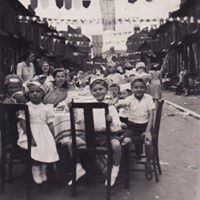In which Spanish city would you find a square called 'Plaza Mayor"?
The foundations of Plaza Mayor were laid when Philip II's court moved to Madrid, on the site of the former "Plaza del Arrabal". That is where the town's most popular market was located towards the end of the 15th century. In 1617, architect Juan Gómez de Mora was commissioned to create a greater uniformity amongst the buildings in this location, which for centuries had hosted popular entertainments, bullfights, beatifications, coronations and the occasional auto de fe. Today, the Plaza Mayor is rectangular in shape and highlights the uniformity of the architecture. The Plaza measures 129 m x 94 m (423 ft x 308 ft). 237 balconies are present on the three-story residential buildings that face inward towards the Plaza.
The statue of the king Philip III on horseback is one of the most valuable works of art to be found on the streets of Madrid. Designed by Giambologna and completed by Pietro Tacca in 1616, it watched over the entrance to Casa de Campo for centuries until, in 1848, Queen Isabel II borrowed it for the city, placing it in Plaza Mayor. Only during the two Republics has the statue been removed from what is perhaps Madrid's most emblematic square.
The name of the plaza has changed over time. At the end of the Spanish Civil War, the plaza received its present name of "Plaza Mayor".
More Info:
en.wikipedia.org





